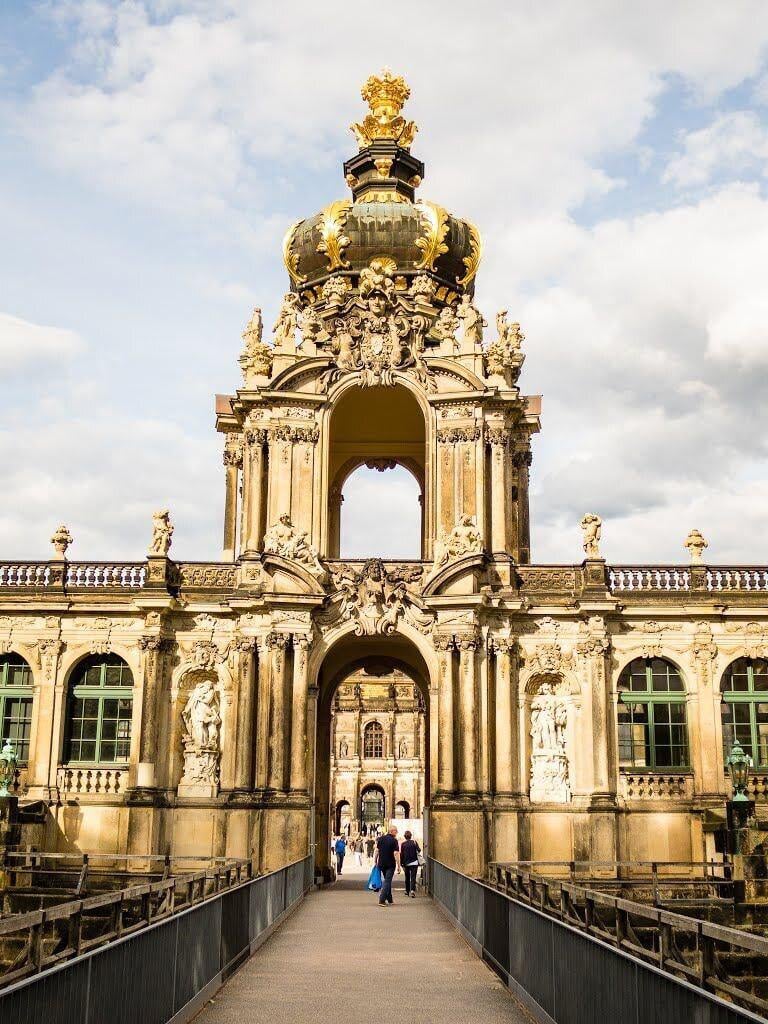[ad_1]

The Zwinger in Dresden, Germany is a historic palace complex that was originally built in the early 18th century. Designed by architect Matthäus Daniel Pöppelmann, the Zwinger served as a gathering place for court festivities and tournaments during the reign of Augustus the Strong, Elector of Saxony and King of Poland.
The Zwinger is characterized by its impressive Baroque architecture, including ornate pavilions, galleries, and fountains, all surrounded by a grandiose stone wall. One of the most famous features of the Zwinger is the Crown Gate, a magnificent entrance adorned with statues and allegorical sculptures.
Today, the Zwinger is home to several museums and art galleries, including the Gemäldegalerie Alte Meister, which houses a renowned collection of European masterpieces dating from the 15th to the 18th centuries. Visitors can admire works by artists such as Raphael, Rembrandt, and Vermeer, among others.
In addition to the art collections, the Zwinger also features beautiful gardens that are often used for concerts, festivals, and other cultural events. The complex has been meticulously restored over the years following the destruction it suffered during World War II, and is now considered one of Dresden’s most iconic landmarks.
Overall, the Zwinger in Dresden is a must-visit destination for art and history enthusiasts, offering a glimpse into the opulent past of Saxony’s royal court and showcasing some of Europe’s finest cultural treasures.
